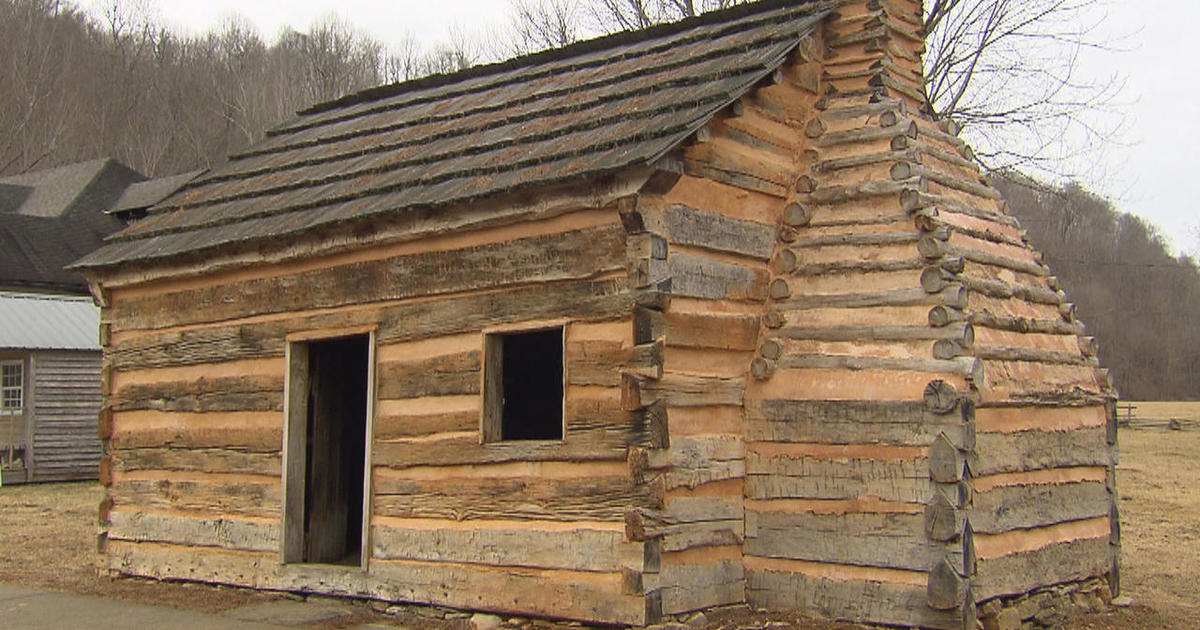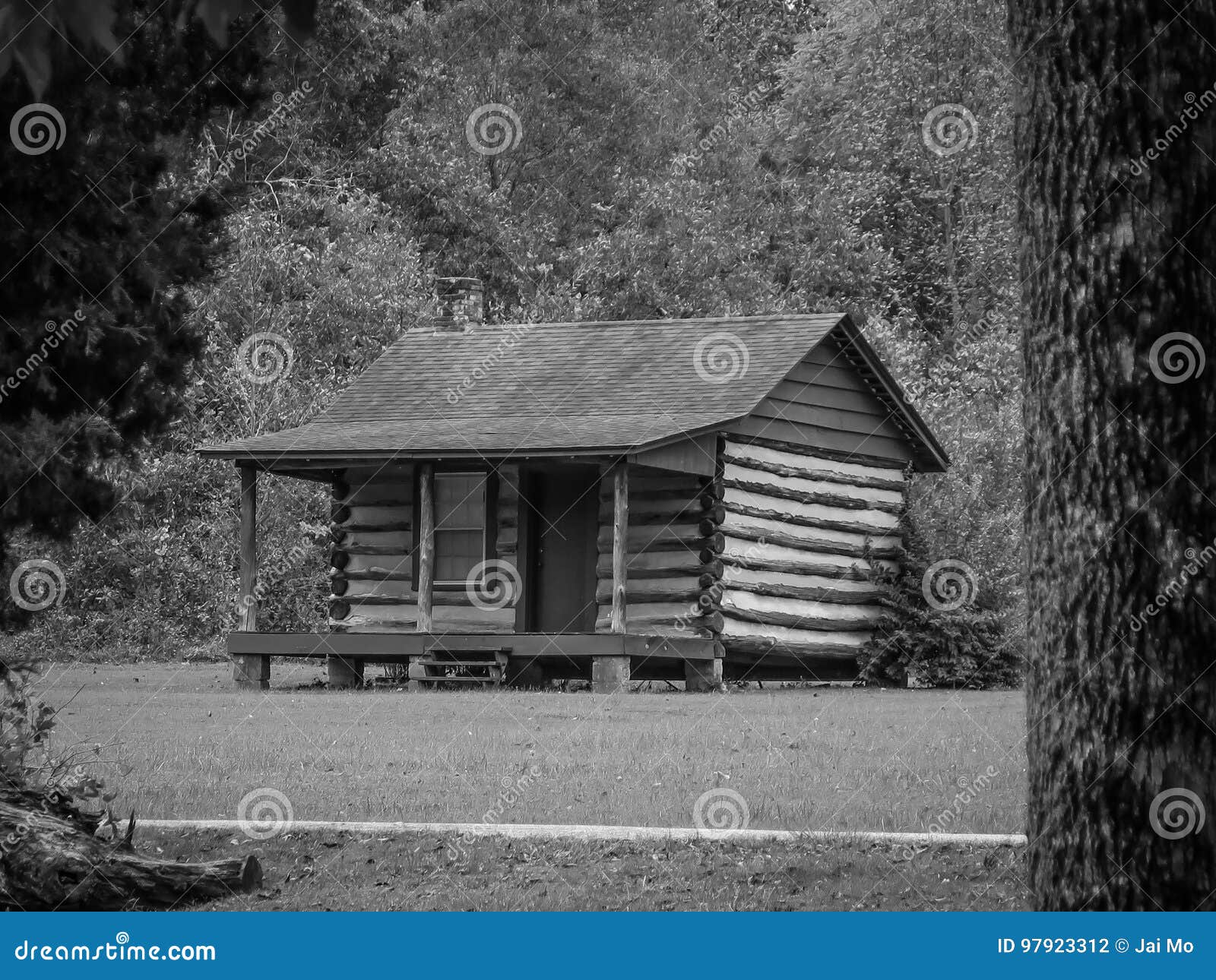
When rebuilt to its original dimensions (that is, the original dimensions used by Dennett), there was not adequate space around it for tourists. Unfortunately, an immediate problem arose. Once the memorial building was complete (Theodore Roosevelt laid its cornerstone in 1909), the cabin was put inside it. The cabin’s actual geographic location on the farm was easy to determine by looking at the original plats of the land, drawn up when the Lincoln family purchased it in 1807. Dimensions and wood type were no doubt taken into consideration.Ī memorial building was erected on the Lincoln farm, in the spot where the original cabin had once stood. Upon trying to reassemble the cabin, of course, they quickly realized the problem.Īgain, how they ultimately decided which logs had belonged to the Lincoln cabin, and which logs had belonged to the Davis cabin, is anyone’s guess. They purchased the cabin at auction (Dennett had gone bankrupt) and had it taken out of storage, not realizing that it was now mixed together with the logs from the Davis log cabin. While in storage, the various logs from the two cabins were not separated.Ī few years later, around 1906, a historical society decided to try Dennett’s first idea again – to put the cabin in its original place on the original farm, and advertise it as a tourist attraction. Both cabins were assembled and dismantled at the beginning and end of each show, stowed in separate train cars while on the move to ensure that the logs didn’t get mixed.Īfter four or five years on the road, and with interest in the cabins waning, Dennett hung up his traveling clothes, stuck the cabins in storage, and moved on to bigger and better things. This proved much more successful for Dennett, and he eventually added a second cabin to the show – one which he claimed had been the birthplace cabin of Jefferson Davis, Lincoln’s presidential counterpart in the Confederacy during the Civil War, and also born in western Kentucky about eight months before Lincoln. Dismantling the cabin, and loading it onto a train, he toured around the country, displaying the cabin at various expositions in major cities throughout the late 1890’s. Unfortunately for Dennett, the reconstruction of the cabin on the Lincoln farm did not produce the crowds of tourists he had hoped for, so he took the show on the road. This knowledge may also have helped in choosing which logs were original and which were later designs.

Obviously, any material that was not a log (for instance, a wooden slat) would have been rejected, as would any material that did not meet the appropriate lengths, etc.Īs for how he knew what the cabin would have looked like when it was in its original form, that would have been easy enough to determine simply from engineering knowledge about log cabin dimensions in west-central Kentucky in the early 1800’s. Presumably Dennett chose the logs that looked the oldest, or perhaps those logs which could, together, be used to construct a cabin. How did he know which logs belonged to the original cabin? The answer to that question is anybody’s guess.

In 1894, he purchased the farm, dismantled the dwelling there, and used what he believed were the original cabin logs to rebuild the cabin itself. Dennett came up with the bright idea of making some money off of it. Subsequently, this dwelling, believed to be built in part from the original cabin, became a sort of shrine for Lincoln enthusiasts in the latter half of the 19th century.Īs interest and pilgrimages to the Lincoln farm grew, a New York businessman (of course he was from New York!) named A.W. It was known that Lincoln’s family had moved to a neighboring farm a few years after his birth, leaving his birth cabin behind, but local residents in the area told cabin-hunters that the original cabin belonging to the Lincoln family had been dismantled by later owners and reused in a much larger home a short distance away. Was it still there in rural Kentucky for anyone to see? Stories from the Civil War suggest that Confederate soldiers moving through the area even went so far as to look for the cabin in order to destroy it.Īfter the war and Lincoln’s assassination, interest in his birthplace grew even more. He had risen literally from the humblest of beginnings.Īfter he was elected, interest in this storied log cabin naturally grew. When running for president in 1860, Lincoln frequently drew on his humble roots, his birth in a log cabin in rural Kentucky, to find common ground with the common man, and to demonstrate his self-made success. The mythos of the Lincoln Log Cabin literally goes back to Abraham Lincoln himself. That this log cabin is still in existence, preserved inside a Beaux-Arts structure in Hodgenville, is another story. That Abraham Lincoln was born in 1809 inside a log cabin on a farm near Hodgenville, Kentucky is an undisputed fact of history.


 0 kommentar(er)
0 kommentar(er)
